The William W. Cook Legal Research Library: A donor’s continuous involvement and desire for prestige and excellence
Introduction
Text-to-speech Audio
William Cook’s ambition, consistent involvement, and discernment in the design and construction of the Law Library resulted in the building achieving Cook’s goal of developing a prestigious reputation for the law program and the university as a whole; His ambition for the building is not only visible in the construction of the building, but this expectation for excellence for the building has carried on even after Cook’s passing and continues to give back to the community. The University of Michigan’s William W. Cook Legal Research Building, also known simply as the “Law Library” was completed in 1931, funded by William Cook and designed by architectural firm York & Sawyer. The Legal Research Building serves as a center for legal research and study to students, faculty, legal professionals, and scholars worldwide, containing an impressive collection of legal information from the United States, as well Europe, Africa, Asia and more. The Law Library serves as an important aspect of the University of Michigan’s Law School and as an icon of the school with its beautiful design inspired by gothic architecture, capturing the admiration of students and visitors alike. The Legal Research Building was built in addition to three other buildings donated by Cook that comprise what is know collectively as the “Law Quadrangle.”
William W. Cook, born in Hillsdale, Michigan, in 1858, left an indelible mark on the University of Michigan through his significant philanthropic contributions, including the Law Quadrangle and Martha Cook Dormitory. After earning undergraduate and legal degrees at the University of Michigan in 1880 and 1882, respectively, he embarked on a career in corporate law in New York City, even authoring the widely circulated book "Cook on Corporations." Cook's dedication to the university manifested in substantial donations, totaling nearly $16 million, an equivalent of over $200 million in contemporary value. These contributions, inspired by a desire to honor his father's memory and elevate the university's standing in the realm of legal education, began anonymously but ultimately led to the renaming of the Law Quadrangle in his honor, despite his initial aversion to having buildings bear his name. In 1919, the Board of Regents reported the need for larger and more suitable quarters for the Law quarters and Law Library, but because of its costliness, decided not to withdraw from the university’s general funds. Instead, they requested special action from their private donors, and William W. Cook stepped in.
Images
Law Library
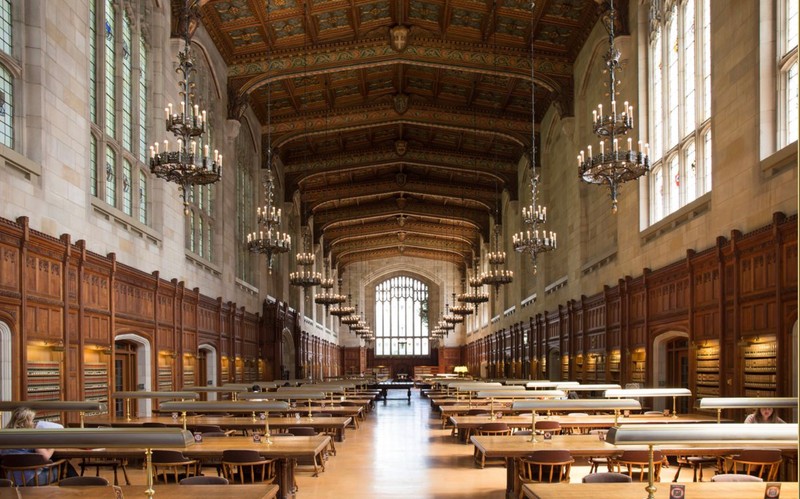
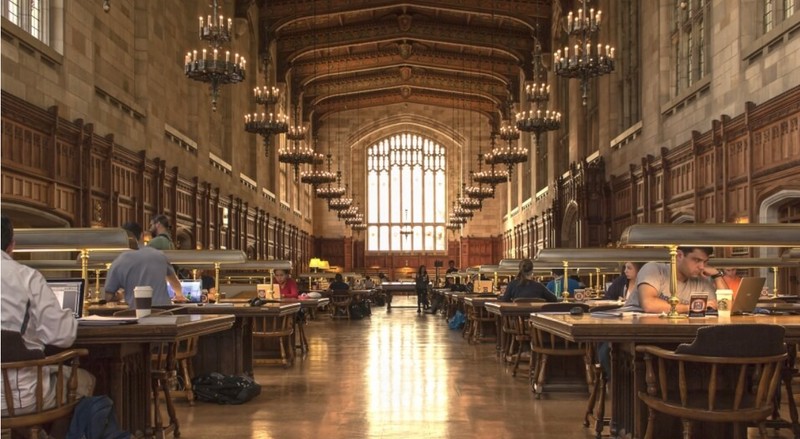
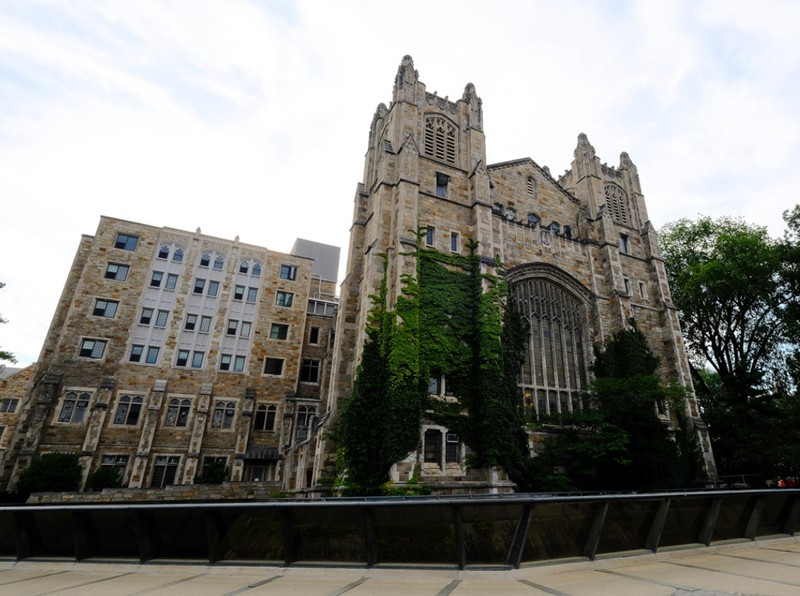
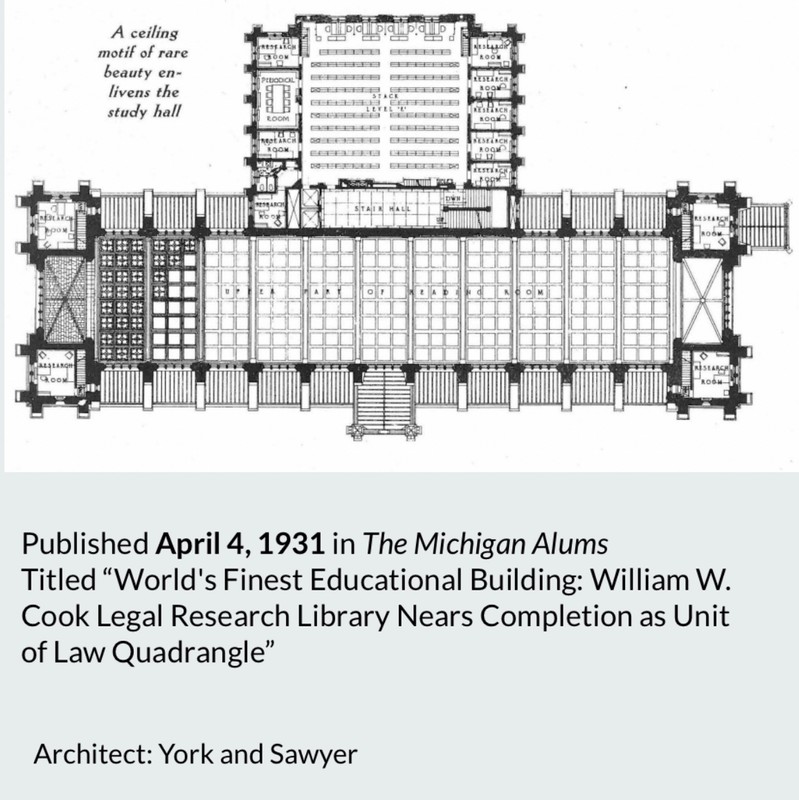
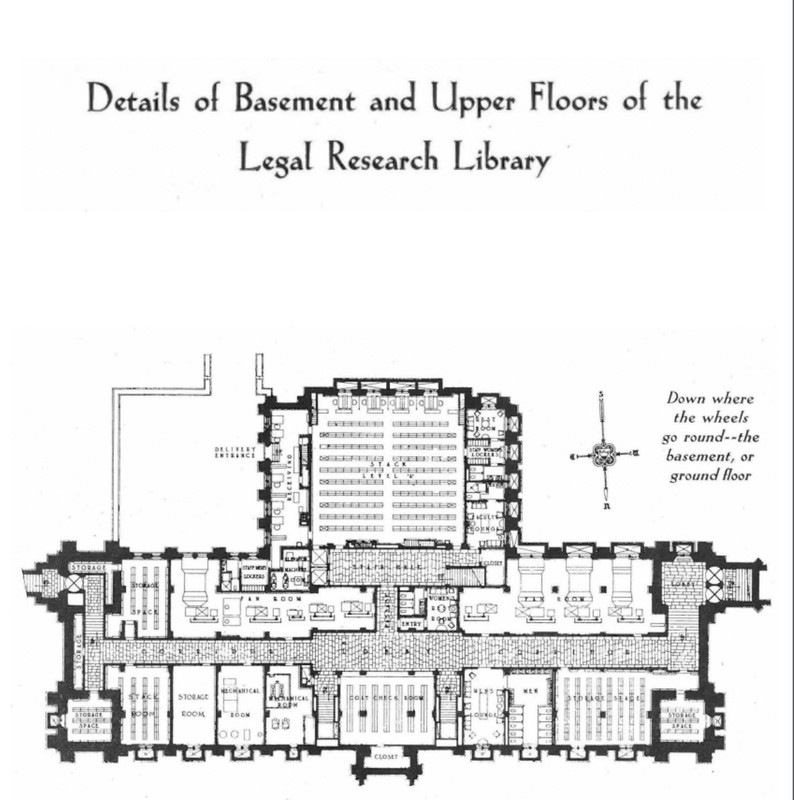
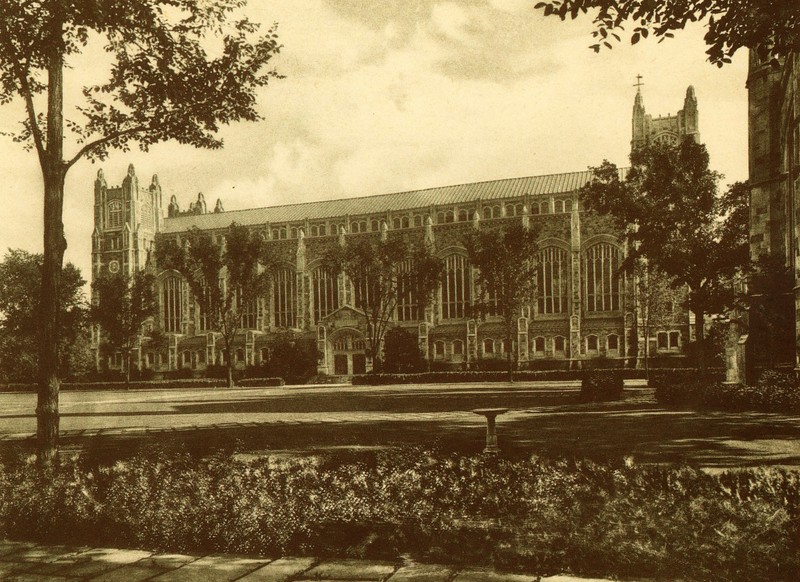
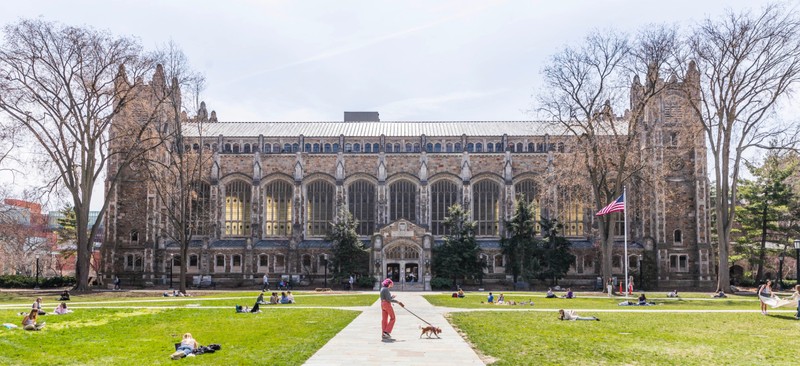
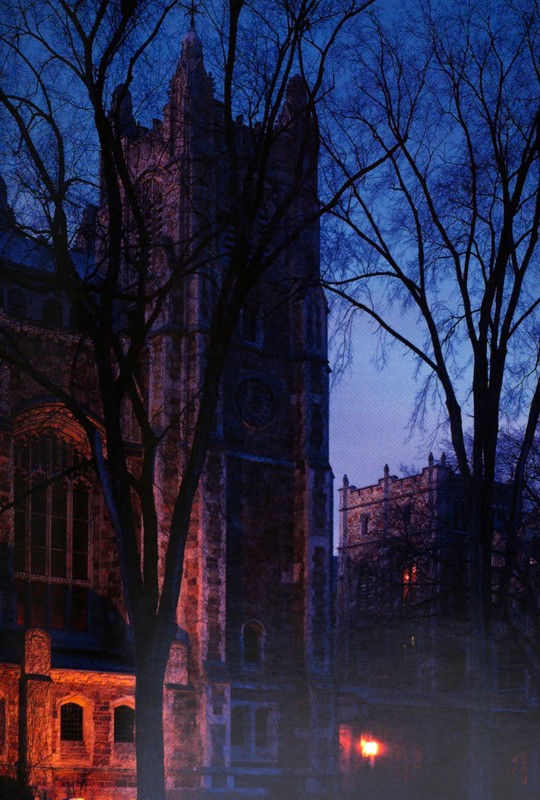

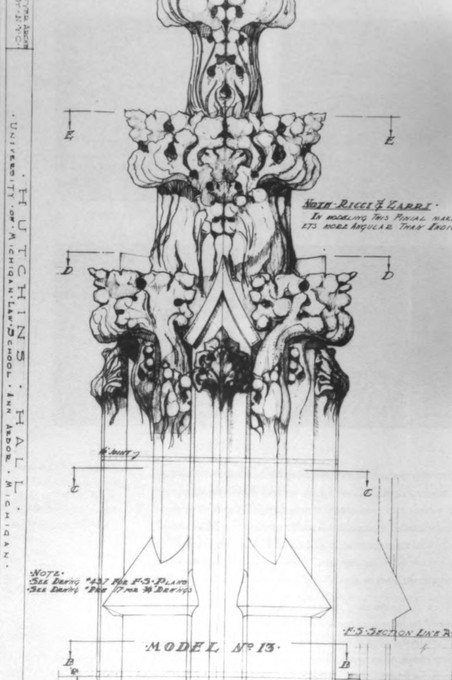
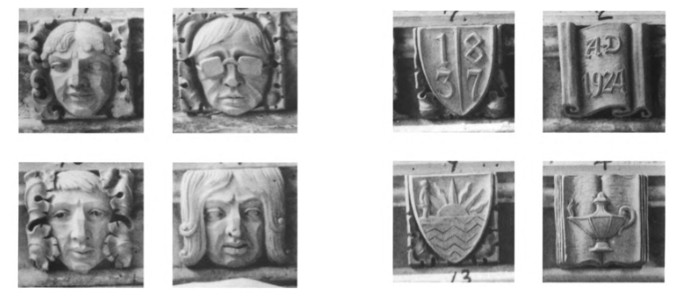
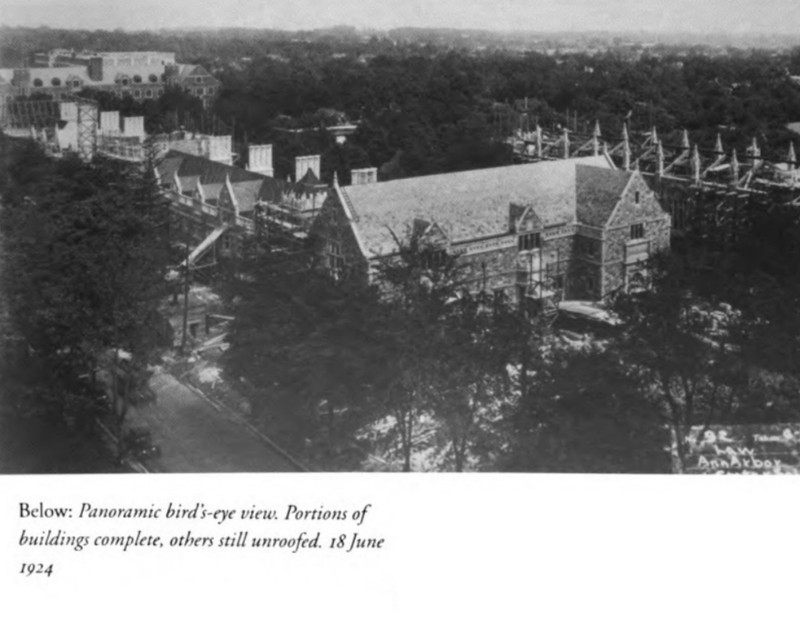
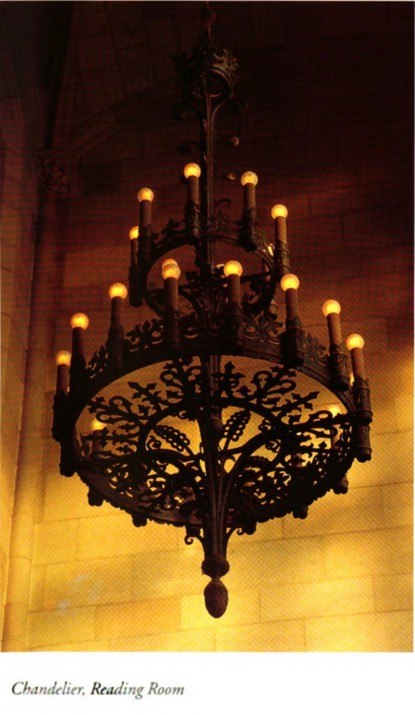
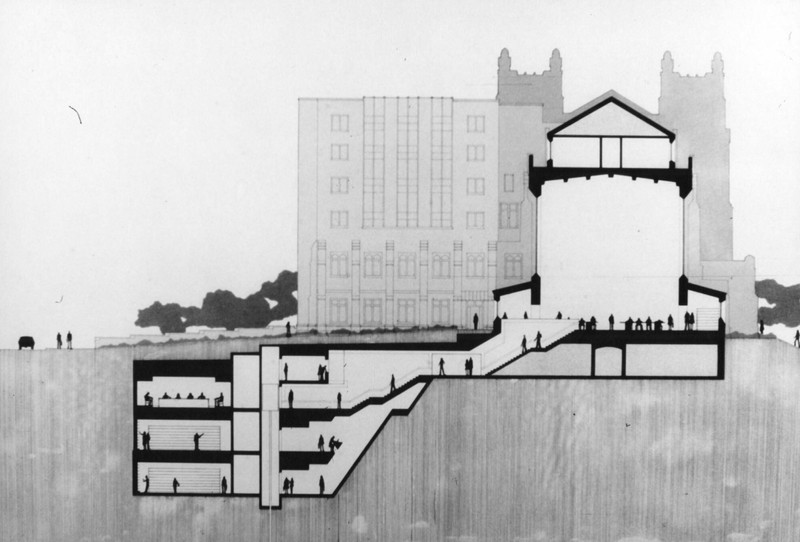
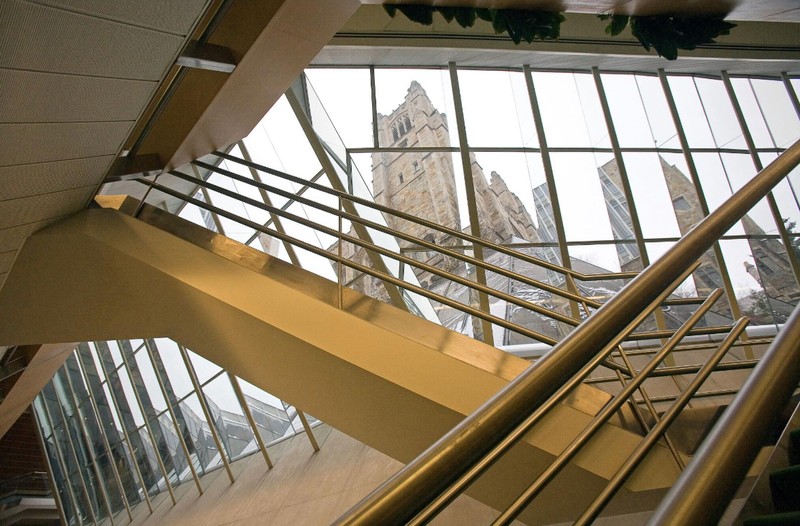
Backstory and Context
Text-to-speech Audio
The Donor; William W. Cook
Cook's role in the Law Quadrangle's construction was notable. He requested library plans in 1924 without faculty consultation. Recruiting the New York-based architectural firm York & Sawyer, who designed his own Upper West Side brownstone, Cook became increasingly meticulous about the design specifics. Although he declared that he might not know anything about architecture, he had extensive experience in legal research. Cook’s generosity came with strings attached, including specific conditions for entry into the Lawyer's Club. He wanted to create an optimal environment for the scientific study of law.
Despite his strong involvement in these projects, Cook never personally visited the completed buildings, leading to rumors that he feared disillusionment with his grand vision. Nevertheless, he maintained a keen interest in their usage, seeking monthly statistics and reports. Moreover, his dedication to aesthetics and functionality led to conflicts with the university's faculty, notably Dean Henry Bates, who stated, “Cook’s manner is arrogant and he is, of course, wholly ignorant of local conditions.” As construction proceeded, the Law Library became a battleground between Cook and the university, culminating in serious differences over the library's design, and Cook even threatening to withdraw funding.
The Architect
The architectural firm York & Sawyer, founded by Edward York and Philip Sawyer, played a vital role in creating the University of Michigan's Law Quadrangle. York, who had experience with the esteemed firm McKim, Mead, and White, had a strong grasp of historical architectural styles as well as multi-building campuses, making him a good fit for this project. All of the contractors for this project were based out of New York. Cook also brought another firm, Marc Eidlitz & Son, who estimated costs and oversaw construction.
York clarified with Dean Bates the choice of the Gothic style for the Law Quadrangle. Dean Bates had full confidence in York & Sawyer, entrusting them with the design. William Cook also had a strong relationship with York and Sawyer. Letters between them show that York personally visited limestone quarries to ensure quality production. Cameras were set up to document the building weekly and photos were frequently sent to Cook throughout the process.
The interaction between these key figures—York, Sawyer, Bates, and Cook—was instrumental in shaping the Law Quadrangle's distinctive design.
Interior Design & Contents
The Law Library was completed in 1931. William Cook passed away in June of 1930, shortly before the library’s construction was completed, and the building was renamed in honor of him. The building consists of impressive ninety-foot pinnacles at the corners, a choice that required many letters and debate between Cook and York & Sawyer. The building matched the Gothic design of the rest of the Law Quadrangle, which Cook showed a fondness toward. The Law Library's interior was designed in harmony with other Law Quad buildings, featuring tall arched stained glass windows and warm chandeliers for abundant lighting. Multiple research rooms, study spaces, and an impressive collection of literature make the Law Library an iconic building both to the University of Michigan, and within the realm of legal study. The Library consists of a main Reading Room, where one enters from the quadrangle, many rows of stacks, a recreation of William Cook’s personal library (containing some of the art collected by William Cook himself), and more space in the basement, as suggested by Cook, for the growing library collection. The Library consists of a six-level stack extension on the South side of the building which was added after Cook’s death in 1931, despite Cook’s objection in order to reduce costs.
Afterlife of Building
From 1931 to the 1970s, the Legal Research Library remained unchanged, but the growing text collection necessitated an expansion. In 1971, Theodore St. Antoine became the dean of the Law School and he made enlargenging the Law Library one of his primary concerns. He created a committee and appointed his associate Dean, Bill Pierce, to head it.
To choose a design, the committee held a contest which firms across the country could compete in.The contest was narrowed down to two finalists: Architect I.M. Pei’s firm and Gunnar Birkert’s firm. Because of his connection to the University, Birkert was able to spend more time with the dean and committee, which ultimately led to his design being chosen.
The Birkert’s extension to the Legal Research Library lies below and to the side of the main room and is notable for its glass planes allowing natural light.
Funding came from the Dow Foundation, alumni Jason Honigman, and Calvin Souther, with the cost of the expansion costing roughly $12 million.
Construction began in 1978 and the space was completed in 1981.
Cook's ambition and involvement in the construction of the Law Library, while occasionally causing conflict, was undeniably a factor in shaping the character, quality, and reputation of the iconic building.
Sources
Third Triennial of University of Michigan Clubs Cleveland, Ohio. The Michigan Alumnus, World's Finest Educational Building: William W. Cook Legal Research Library Nears Completion as Unit of Law Quadrangle. April 4th, 1981. Accessed May 22nd, 1931. https://repository.law.umich.edu/cgi/viewcontent.cgi?article=1012&context=about_buildings.
Todd, Aagaard S. University of Michigan Law, Scholarship Repository. Accessed October 31st, 2023. https://repository.law.umich.edu/authors.html.
Gallatin, Matt . Saturday in Cook’s library: A brief history of the Law Library, The Michigan Daily. January 9th, 2018. Accessed October 31st, 2023. https://www.michigandaily.com/statement/saturday-cooks-library/.
BIRKERTS, GUNNAR . The Law School goes Under, Heratige Project. Accessed October 31st, 2023. https://heritage.umich.edu/stories/the-law-school-goes-under/.
Architecture Beneath the Surface, University of Michigan Law School Scholarship Repository. March 14th, 1982. Accessed October 31st, 2023. https://repository.law.umich.edu/cgi/viewcontent.cgi?article=1003&context=about_buildings.
